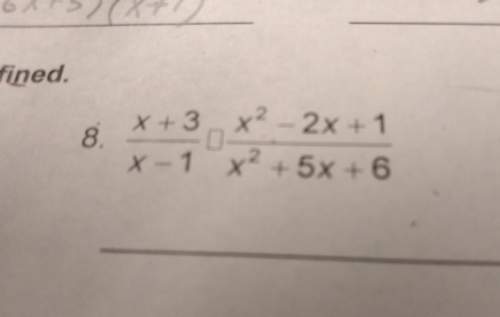
Mathematics, 13.10.2020 04:01 shelbyp2003
Total solar eclipses occur on a regular and predictable basis. One that could be viewed in parts of the United States occurred on March 7, 1970. The saros cycle is a period of 18 years, 11 1 3 days, and solar eclipses occur according to this cycle. For the purposes of this exercise, we ignore leap years and assume that a year is exactly 365 days. Because the saros cycle is not a whole number of days, but instead is one-third of a day longer than a day, at the end of the saros cycle, Earth will have rotated one-third revolution beyond its location at the beginning of the cycle. Thus, if a solar eclipse is viewable at a certain location, the next solar eclipse will not be. How long after March 7, 1970, will a solar eclipse again be viewable from the United States?

Answers: 1


Other questions on the subject: Mathematics


Mathematics, 21.06.2019 16:30, danjan9084
One of the same side angles of two parallel lines is 20° smaller than the other one. find the measures of these two angles.
Answers: 3

Mathematics, 21.06.2019 19:00, arizmendiivan713
What is the frequency of the sinusoidal graph?
Answers: 2

Mathematics, 21.06.2019 20:40, kevin7987
David estimated he had about 20 fish in his pond. a year later, there were about 1.5 times as many fish. the year after that, the number of fish increased by a factor of 1.5 again. the number of fish is modeled by f(x)=20(1.5)^x. create a question you could ask that could be answered only by graphing or using a logarithm.
Answers: 1
You know the right answer?
Total solar eclipses occur on a regular and predictable basis. One that could be viewed in parts of...
Questions in other subjects:

Chemistry, 27.11.2019 03:31


Mathematics, 27.11.2019 03:31


Mathematics, 27.11.2019 03:31

Biology, 27.11.2019 03:31


Mathematics, 27.11.2019 03:31

Mathematics, 27.11.2019 03:31

Mathematics, 27.11.2019 03:31




